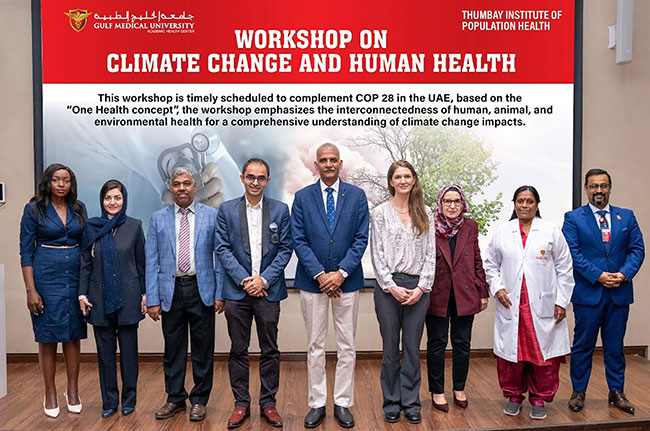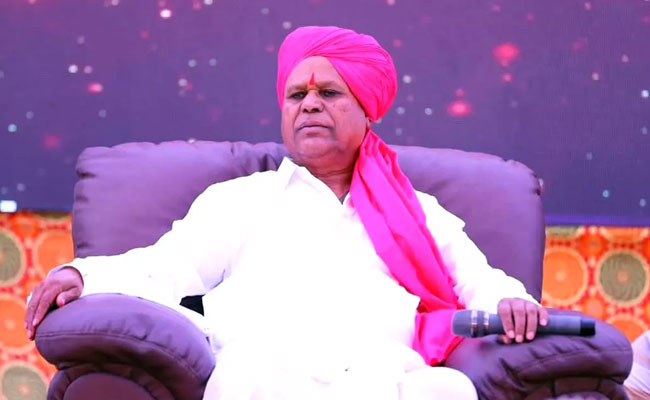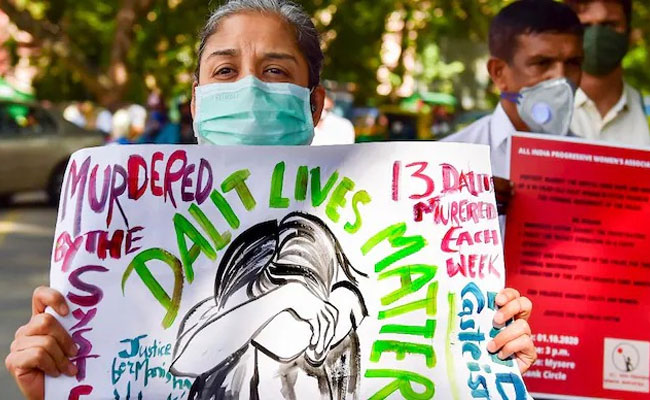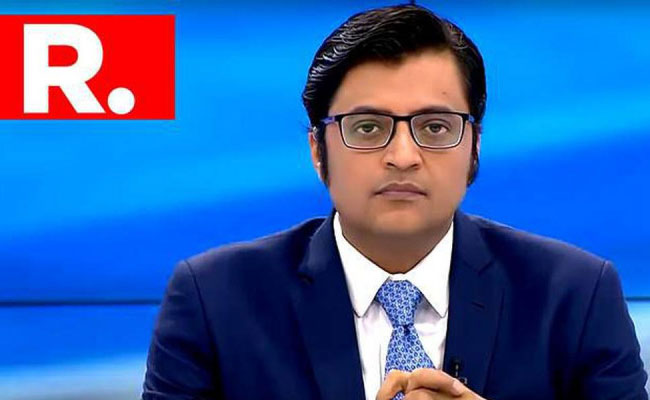Ajman (Press Release): In a bid to address the pressing issue of climate change, Gulf Medical University (GMU conducted a workshop titled ‘Climate Change and Human Health’ to shed light on the interconnectedness of human, and environmental health. Timely and significant, the workshop emphasized the "One Health concept," providing a detailed understanding of the impacts of climate change on global well-being.
The event was inaugurated by Prof. MandaVenkatramana, Vice Chancellor Academics & Dean, College of Medicine, who welcomed participants and set the stage for insightful discussions on the critical intersection of climate change and human health.
Notable speakers at the workshop included: Ms. Salome Owuonda, Executive Director, Africa Centre for Sustainable and Inclusive Development; Dr. Cecilia Sorensen, Director of the Global Consortium on Climate and Health Education, Columbia University, New York; Dr. Edmond Fernandes, Edward & Cynthia Institute of Public Health, India; Dr. FatemehRezaei, Assistant Professor, Isfahan University of Health Sciences, Iran; Prof. Shatha Al Sharbatti, Professor & Head of Department, Dept of Community Medicine, GMU; Dr. Mohammed Abdulrazzaq, Assistant Professor of Occupational Health, GMU.
Speaking about the collaborative effort, Professor HossamHamdy, chancellor, Gulf Medical University, said, “The Gulf Medical University has made significant strides in advancing accessible and quality health education. The commitment extends towards healthcare and higher education, supported by a robust infrastructure for privatization and business development. Recognizing the global landscape, the university emphasizes multidisciplinary subjects for our diverse student body. It is imperative now, more than ever, to integrate climate change into health professions education, ensuring our students are poised to tackle the complexities of an ever-evolving world."
Meanwhile, Dr. Cecilia Sorensen, Director of the Global Consortium on Climate and Health Education, Columbia University, New York highlighted, “I would like to commend the efforts of Gulf Medical University in addressing the intersection of climate and health. In today's context, it is crucial that our healthcare professionals, including nurses, doctors, and pharmacists, are equipped with the knowledge to understand the impact of climate on health. They serve as the first and last line of defense for our patients and communities. The recent COP hosted by the UAE marked a significant milestone, dedicating a full segment to health. This showcases the importance of integrating health considerations into climate policies. My aspiration is to witness health becoming an integral aspect of every conversation surrounding energy, transportation, and industrialization—the ultimate convergence point in addressing climate change. While it signifies a step in the right direction, there is still much work to be done.”
The workshop facilitated discussions on proactive measures, policy initiatives, and collaborative efforts needed to address the challenges posed by climate change on human health. It served as a platform for interdisciplinary exchange, encouraging a holistic approach to mitigate and adapt to the evolving impacts on our planet.
In addition, Dr. Edmond Fernandes, from the Edward & Cynthia Institute of Public Health in India, concluded, “The Climate Change and Health workshop at Gulf Medical University in Ajman was an inspiring event. It served as a valuable extension of the UAE’s COP 28, where the academia and academic community took the lead in shedding light on the implications of climate change on the health of the region. This event went beyond simply discussing how climate change affected health systems; it delved into the broader impact on social protection, emphasizing the need to safeguard at-risk communities. Additionally, it addressed the repercussions on food security, advocating for the establishment of resilient food systems. At present, medical doctors lacked the necessary training to comprehend the global conversations and connotations surrounding climate change and the adaptation gaps. Therefore, there was a growing need for health systems to realign medical curriculum, integrating the crucial intersection of climate and health. Gulf Medical University had shown leadership in this region by spearheading initiatives that bridged the gap between climate and health education.”
Let the Truth be known. If you read VB and like VB, please be a VB Supporter and Help us deliver the Truth to one and all.
Bagalkot: Pontiff of Basavagopala Neela Manika Mutt in Bandigani, Rabakavi-Banahatti, Annadaneshwara Swami died at the KLE Hospital, Belagavi, on Friday morning. He was 75.
The seer was reportedly under treatment at the hospital in Belagavi for a few days now.
His funeral rites will be held at the Mutt on Saturday evening. People are permitted to pay their last respects to the seer from 10 pm on Friday till 4 pm on Saturday.
Annadaneshwara Swami was honoured with the Trividha Dasoha and Karnataka Rajyotsava Suvarna Sambhrama – 2024 Award.





